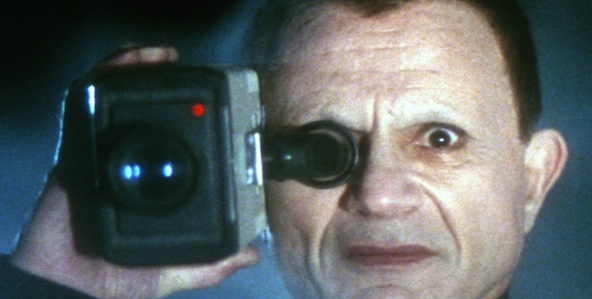
David Lynch is adored by millions because of his idiosyncratic style. One of the very few filmmakers to successfully merge the underground with the mainstream, Lynch has affected many crowds because of his ability to deliver something different to the masses.
It’s no secret that his films are strange. That’s what makes this list easy. However, picking only a handful of scenes for this list was downright difficult. So many of his films are unorthodox from start to finish; how can we only go with one example from each?
I am going to avoid strictly television shows (so no Twin Peaks or The Return here, but a certain film is more than applicable). I am going to avoid The Straight Story; I don’t have to find a weird moment in Lynch’s most normal film for the sake of it. I’m also going to avoid Dune (who needs to discuss Dune?).
The only other rule is that I am going to only pick one scene per film; otherwise Eraserhead, Inland Empire and Wild at Heart may take up the entire list. Having said all of that, I’m sure there are many moments that affect us all differently, so this can’t exactly be set in stone. Here are ten of the weirdest scenes in David Lynch films.
10. The Elephant Man: Joseph Marrick’s Dreams
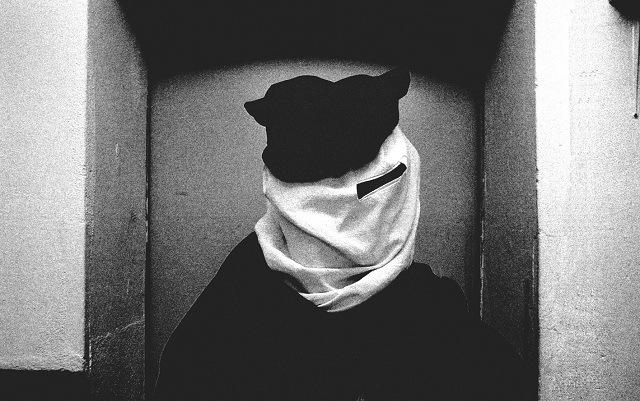
Seeing as The Elephant Man is one of David Lynch’s most normal films (besides The Straight Story, of course), there aren’t too many scenes that can honestly perform well on a list like this. Of course, in Lynchian fashion, he starts the film off with one of John Merrick’s dreams; his mother being scared by an elephant (an urban legend that “explained” why Merrick was born the way he was, which is of course a load of nonsense).
With huge elephants super imposed, and a slow-motion take of his mother screaming into oblivion, we get a tiny snippet of what Lynch loves to do best: analyze our subconscious. For a relatively straight forward biopic (albeit a tremendous one), The Elephant Man starts off with an unnerving sight that will put the entire film’s melancholy into perspective.
9. The Grandmother: Planting on the Bed
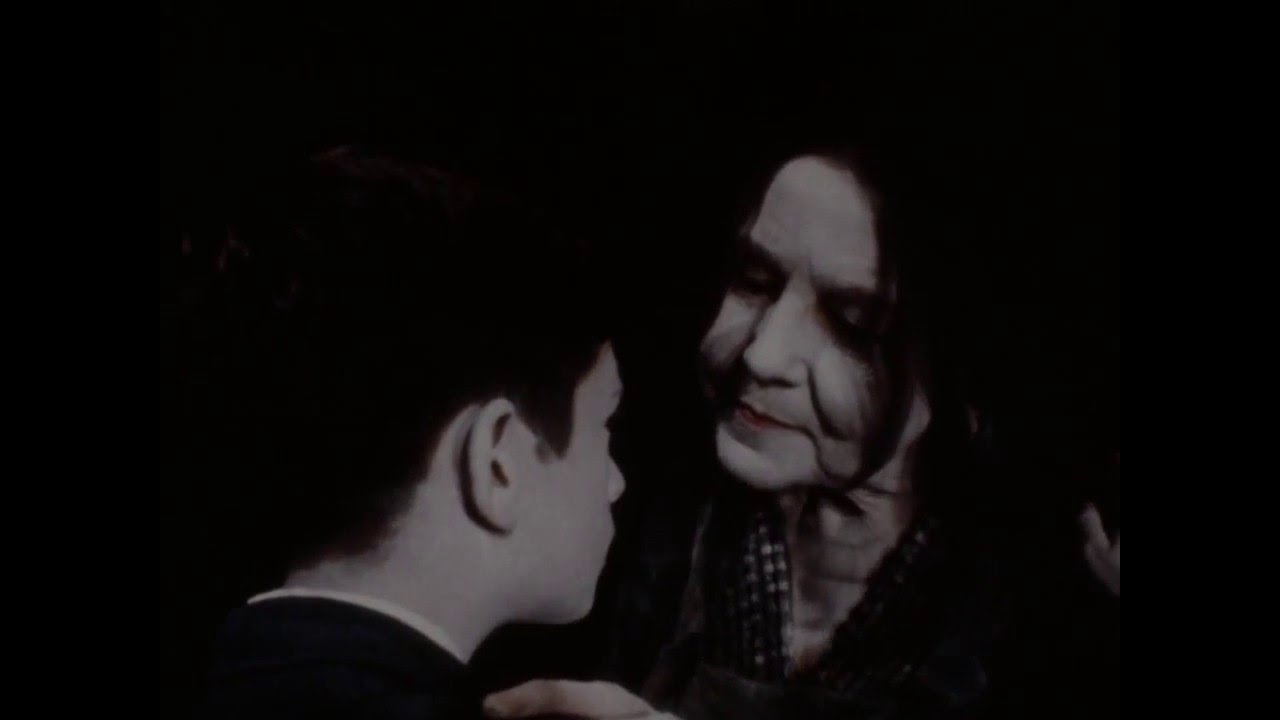
You can basically claim this entire early Lynch short film is weird, but I tried to pick just one moment. Maybe the early scene where the grandson dumps a whole of dirt on his bed can be a good starting point. He plants a seed and begins to water the soil (it just looks so gross seeping into the sheets like that).
A bizarre plant grows and continues to for about five minutes of the film. This vegetation then proceeds to birth a human-like grandmother to interact with the boy, seeing as he feels no love at home. The Grandmother is a moving short film, but that does not mean it isn’t incredibly eerie. Even the sincere moment, where a grandmother comforts a grandchild, is spine tingling; perhaps to showcase the importance of how badly this kid needed affection.
8. Blue Velvet: Climax
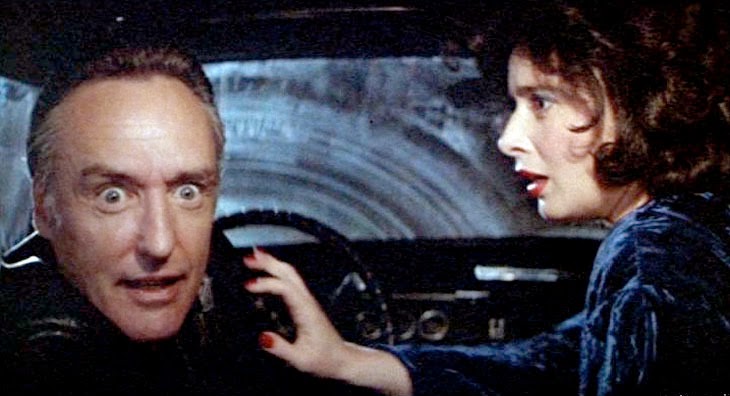
Jeffrey returns to Dorothy Vallens’ apartment, only to find her husband, gagged to death. The “yellow man” is standing in a daze, with his brain exposed after he was attacked. Frank Booth returns, knowing Jeffrey is in the room somewhere. He shoots the television off, gives the yellow man a coup de grâce, and proceeds to look around for Jeffrey, with a cloth of blue velvet around his gun. He takes a few more breaths of his mysterious gas, and charges towards the closet.
Jeffrey blasts Frank in the head, and we see it in slow motion like a nightmare. In fact, the entire scene plays out like an awful dream. It is full of awful images, brooding tension, jarring noises, and Frank’s evil. There aren’t many climaxes that put you in such a place of dread like this one.
7. Wild At Heart: The Good Fairy
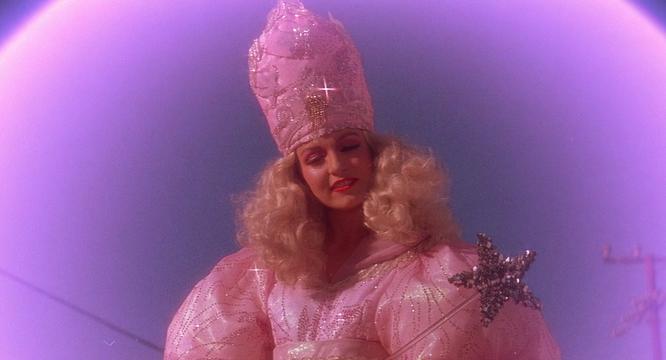
As insane as Wild at Heart is, it shouldn’t have been this easy to pick out a weird scene (especially when we have the infamous shotgun scene). At the end of the entire film, we believe we have made it through one of Lynch’s most extreme films. There’s action, gore, trauma and the electricity of good old America.
Then, Sailor lays down on the ground waiting to die, and he gets a vision. The good witch saunters down in a massive bubble, and pink strobes glow throughout the entire setting. Sailor gets up, and apologizes to the gang that just kicked his ass, as if nothing had happened (except for what he was able to see).
This is obviously a moral awakening, but damn is it ever weird. I get that this is Lynch’s take on Elvis films and The Wizard of Oz, but who in the hell expected to see Glinda here?
6. Mulholland Drive: Winkie’s Diner
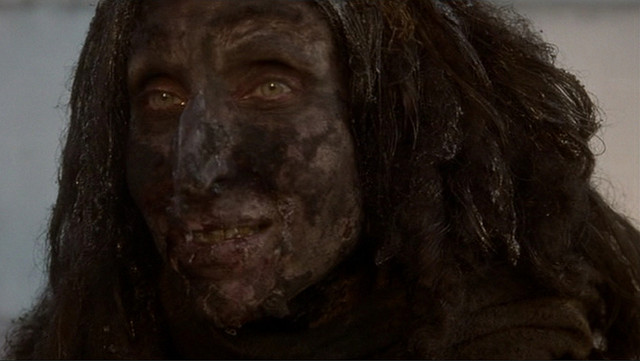
Despite being Lynch’s magnum opus, not a whole lot in Mulholland Drive can be considered weird (not by his standards, anyways). The entire film is surreal, but most of it feels deeply rooted and at least answerable when you think about it. The most obvious place to go is to Winkie’s diner, placed conveniently on Sunset Boulevard (where, according to cinema’s greatest films, dreams go to die).
A nightmare is detailed in full by two characters you never really meet up with again (aside from the dreamer telling his tale). You get engulfed in the entire recollection. That’s when it happens: You’re asked to face it. We slowly walk out of the front door and towards the back area of Winkie’s.
That’s when one of cinema’s scariest moments happens, and the man described is there (and presumably has been the entire time). Not that things were certain at first, but the rest of Mulholland Drive is unsettling after this abrupt stunt takes place.